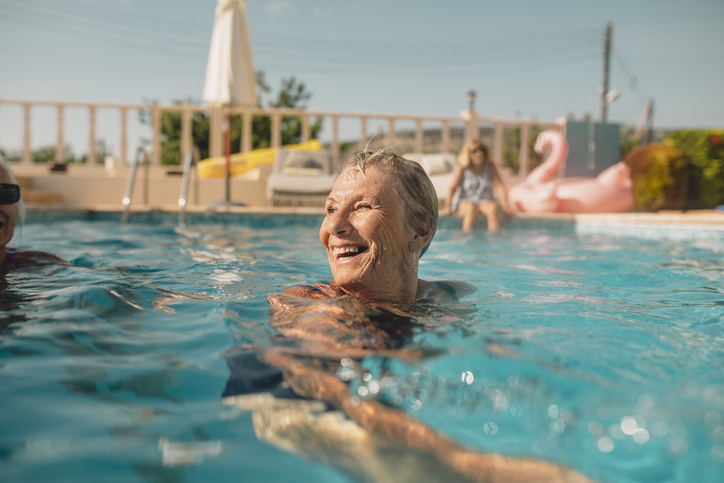
Chronic pain refers to pain that extends beyond an expected healing time and includes conditions such as ongoing spinal pain, post-operative pain, neuropathic pain, fibromyalgia and osteoarthritis.
In Australia, one in five individuals are affected by chronic pain that significantly impacts their daily life.
Chronic pain can cause many problems beyond the pain itself including fatigue, anxiety and depression, as well as affecting the person's ability to work or undertake other activities.
For chronic pain that just won't go away, it doesn't follow the same process as with acute pain from injury, nor does the usual advice to rest to allow healing to occur. Instead, chronic pain seems to affect the central nervous system, which can become increasingly sensitive to the pain over time. Research has shown that those who experience chronic pain may have impaired neuroplasticity, which is a term that describes the nervous system’s ability to change with experience and use.
Today, general advice for chronic pain is to keep active which can affect the pain directly and combat the other problems associated with it. According to current research, exercise for those with chronic pain can improve pain severity and physical function, and consequently, quality of life. However, as the experience of living with chronic pain is different for everyone, it is important that exercise and other management strategies are individualised to your ability and your lifestyle.
Walking and swimming can be excellent ways of introducing exercise that has a cardiovascular component whilst being low impact, however it is important to make sure you can reach a high enough intensity through monitoring your heart rate or perceived effort. Strengthening exercises, even just using body-weight to start with, has increasing evidence especially for conditions such as chronic back pain and osteoarthritis.
An exercise physiologist or physiotherapist is ideal to provide a strengthening program that meets your needs. Mindfulness and breathing-based exercise including yoga and Tai Chi can also offer other benefits outside of cardiovascular fitness and muscle strengthening. A combination of approaches that includes strengthening and aerobic exercise are effective and can provide interest and variety to your routine. The key is to start slowly, be consistent and gradually increase the exercise volume before intensity.
Adverse effects to gradually increased exercise are rare except for occasional initial muscle soreness for the first few weeks. This is important as it shows exercise is unlikely to cause harm in people with chronic pain, many of whom may have previously feared it would increase their pain further. As it is normal for people with chronic pain to experience discomfort as they gradually become more active, guidance from a professional regarding acceptable and non-acceptable pain can be very helpful and reassuring.
Research also shows that exercise works best for chronic pain when it is delivered with education and knowledge about your condition and your pain. For some people, the emotional effects of chronic pain can be overwhelming, and consultation with a Clinical Psychologist experienced with pain management can be beneficial. A combined treatment approach involving a number of health professionals (e.g. GP, Psychologist, Exercise Physiologist and Physiotherapist) will usually be the best way forward.
AUTHOR: Dr Roma Forbes Dr Roma Forbes is an Australian Physiotherapy Association Musculoskeletal Physiotherapist and Lecturer in Physiotherapy at UQ's School of Health and Rehabilitation Sciences. She teaches on spinal conditions and chronic pain. Her research focuses on understanding health professionals' readiness to manage pain and teaching strategies for different health professionals to work together to effectively manage chronic pain.



